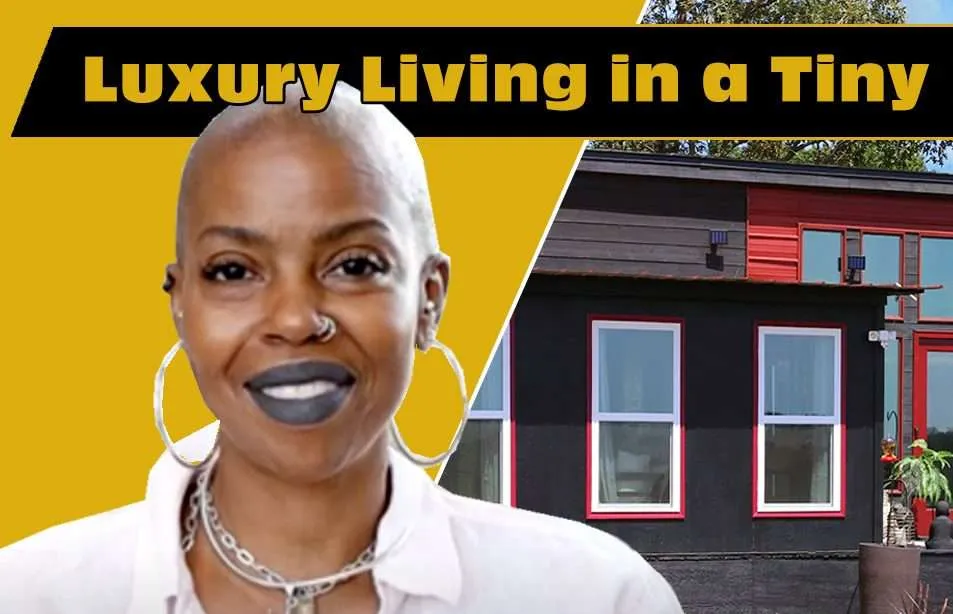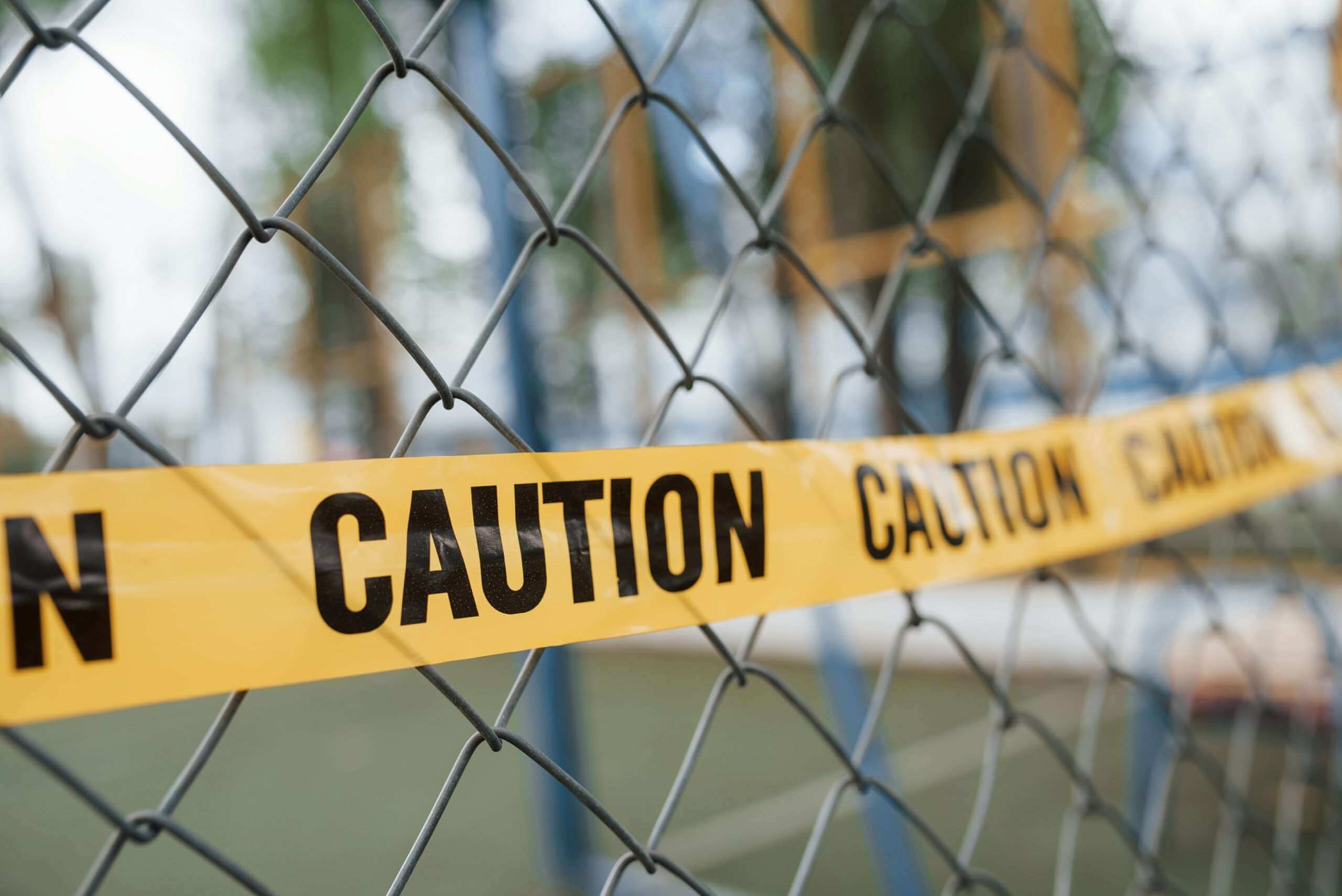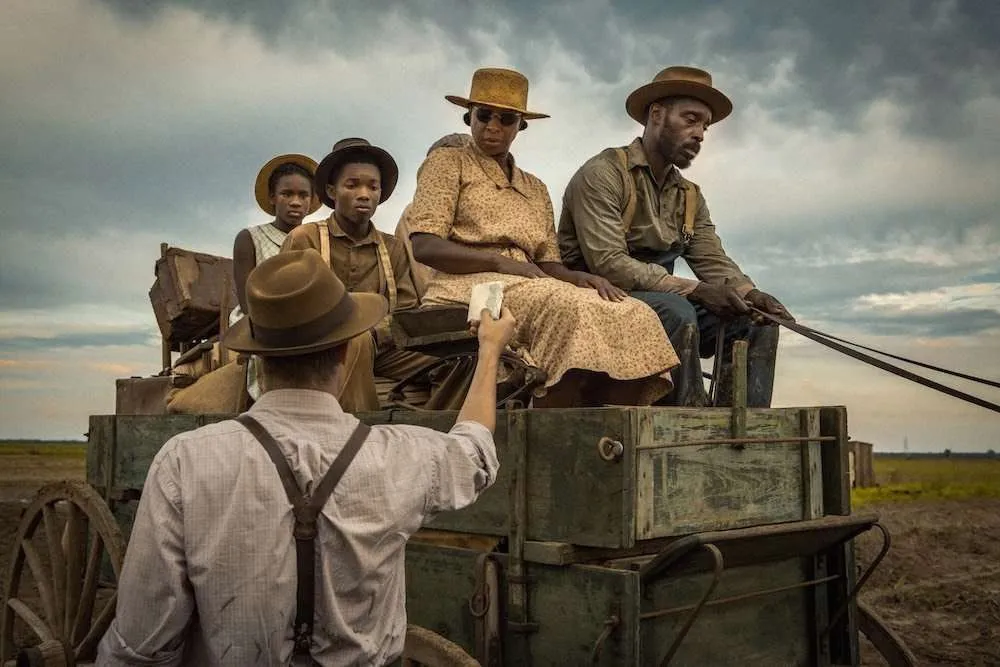Personal Stories
Lawsuit Targets CPS in Response to Black Children Being Five Times More Likely to be Put In Foster Care

Single father Dwight Mitchell and a group of parents who make up an organization called “Stop Child Protection Services from Legally Kidnapping” launched a civil rights lawsuit at state agencies against the state of Minnesota and Dakota County who enforce child protection laws. The organization alleges that black children are targets of unnecessary investigations which are triggered by simple allegations or social worker discretion. This ultimately causes black children to be removed from their homes. Mitchell and his associates say that this occurs five times more often with black children than white children. The group already has over 300 people across the state who have joined the group out of similar circumstances.
“Someone reported I spanked my child on his bottom. I was put in jail. My three children were taken away from me,” Mitchell pleaded in a press release. “Even though everyone agreed I was a fit parent, even the county’s psychologists; it still took 22 months for me to get all my children back.”
The civil rights lawsuit states that Minnesota’s child protective standards illegally categorize these children as “child in need of protection or services,” when proceeding to place them in foster homes. Mitchell and his team designate that Minnesota provides “conflicting” and “vague” statutes when it comes to corporal punishment. Meaning that ordinary spankings that cause any type of pain or injury or even threatening the child places them in this “child in need of protection or services” category.
RELATED: LaVar: Good or Bad Black Father?
“If we have vague and ambiguous statutes that authorize child protection to seize those kids, single fit parents, then the government ends up raising the child, and we all know the government is horrible at raising children,” attorney Erick Kaardal said.
Child abuse, and physical abuse in general, is a difficult topic to discuss and deal with constructively. The definition of physical abuse itself is lacking. It’s determined at the state level meaning there are at least 50 different definitions of physical abuse.
One can see the challenge of dealing with a subject with such a broad definition as this. There is no definitive language to clearly distinguish between what physical abuse is, isn’t or to what level. That is why the list of physically abusive behavior on the walls of restraining order departments across the country grow year in and year out. There are plenty of personal opinions that end up on those walls.
I believe that until we can arrive at a fair and justifiable, consistent definition of just what physical abuse entails, we will continue this hellish cycle. You may think you can distinguish. But a lot of people cannot. Discipline or abuse? The difference needs to be specifically defined. With clear cut examples that can serve as a guide.
Obviously, there are more serious behaviors that take place involving serious cases of physical abuse. Designing an accurate and enforceable definition of “physical abuse” is where we need to start.
POC are held to different standards by Child Protective Services than white people, especially in Minnesota. The bottom line is that, except in the most egregious cases, pulling kids out of their families does them too much harm and often puts them into greater risk in foster care.







